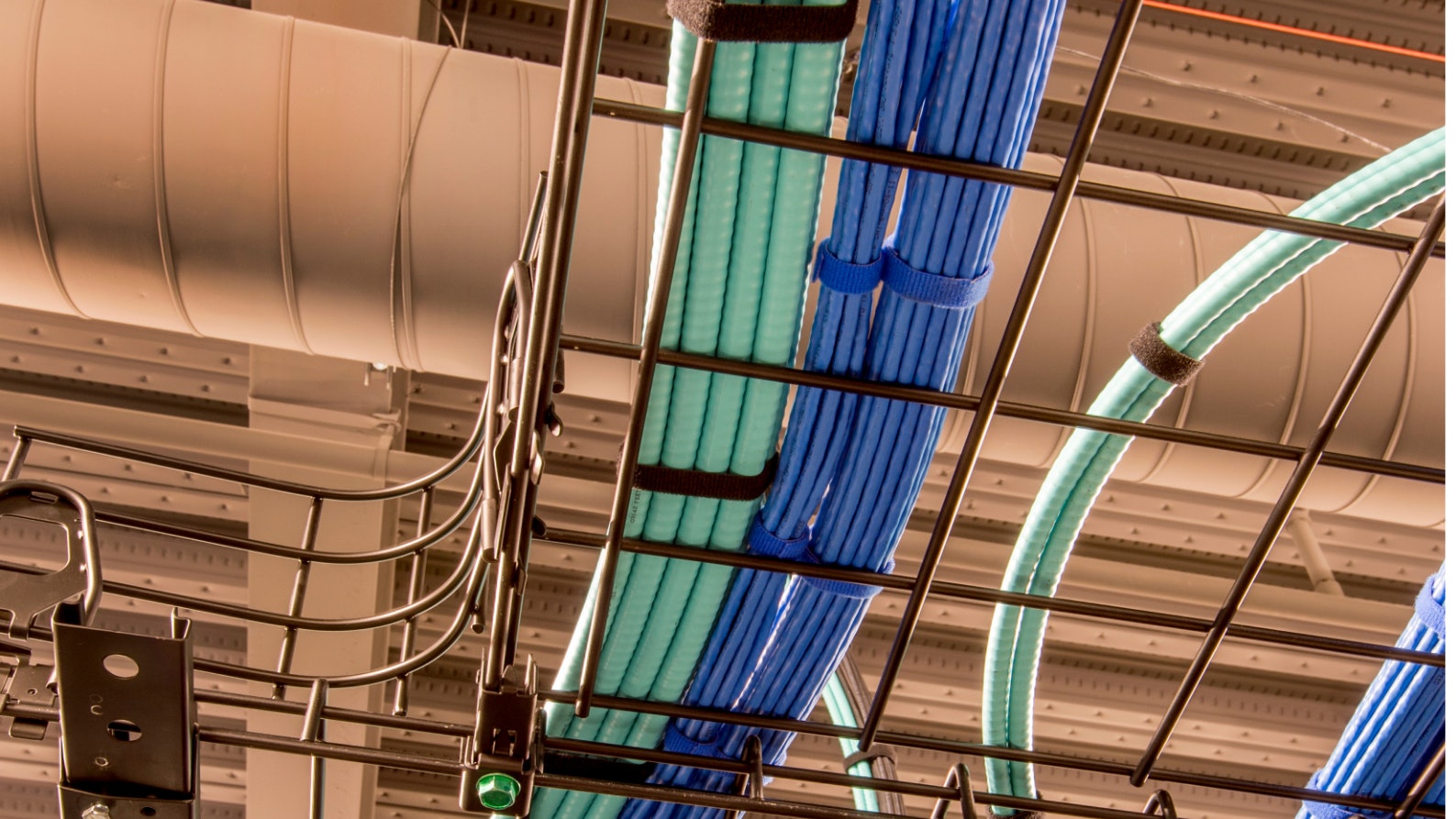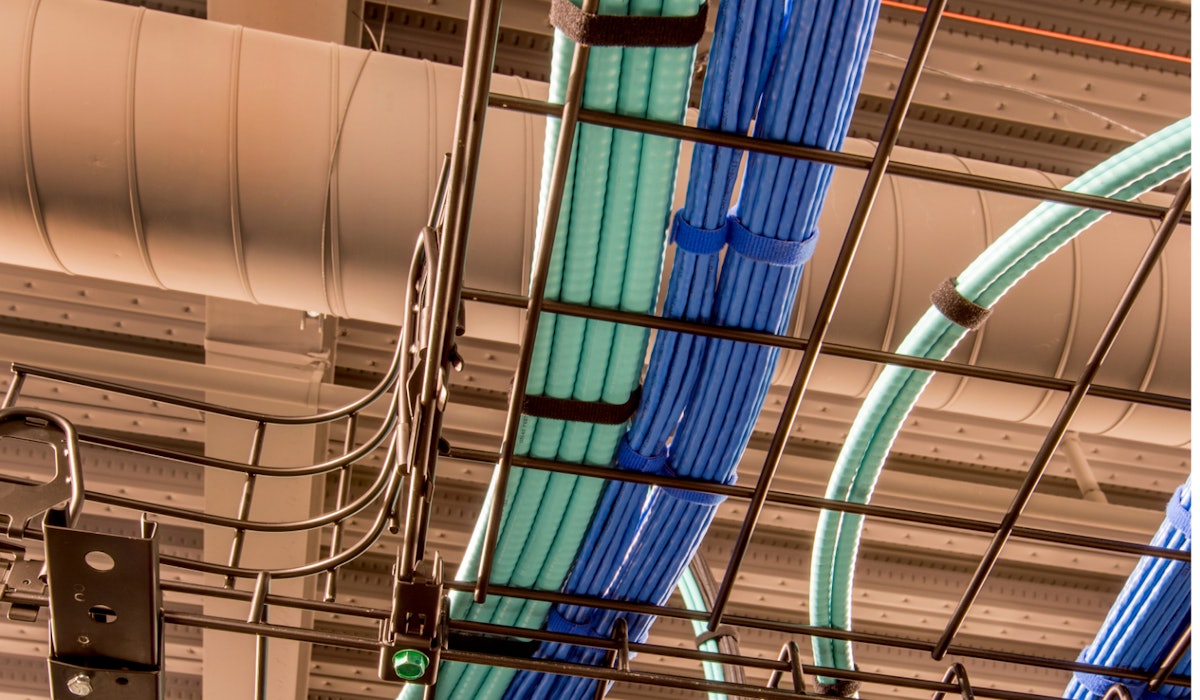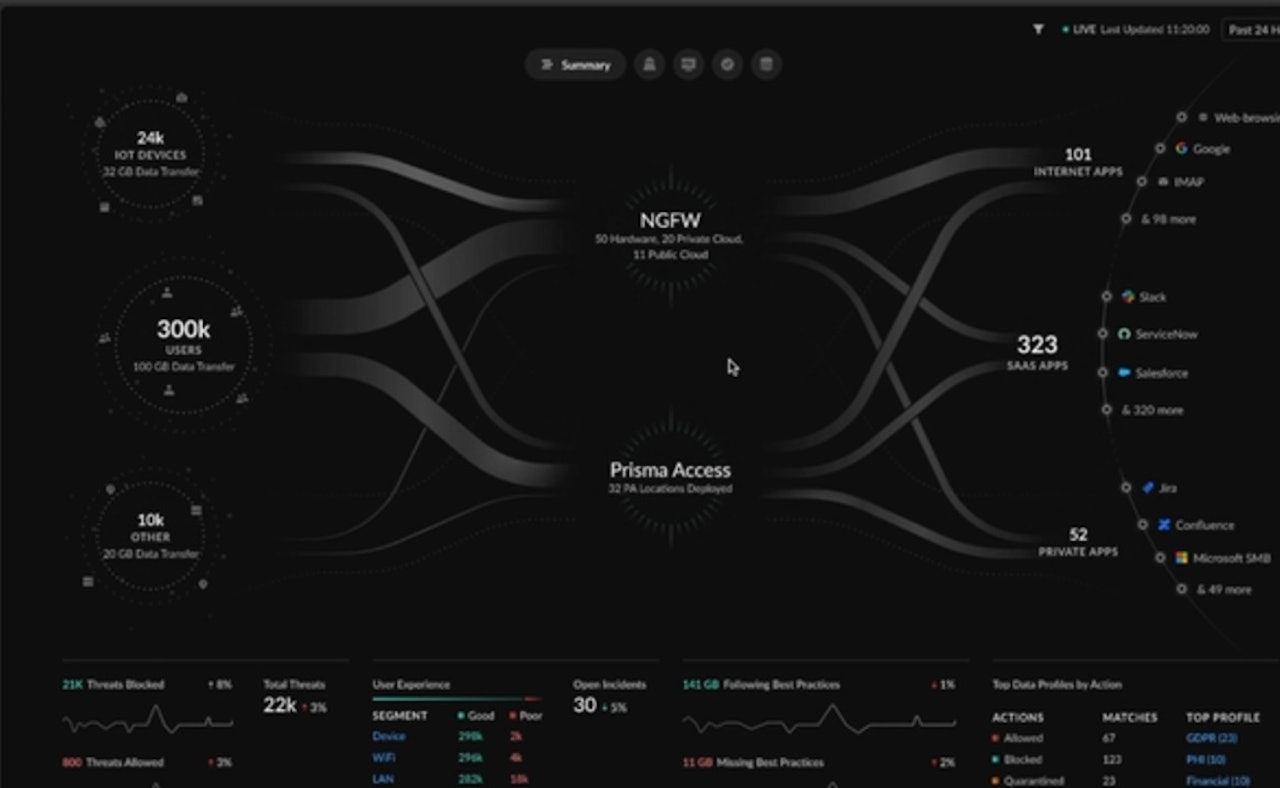For organisations planning major connectivity upgrades, whether in a greenfield or a brownfield scenario, the choice of network infrastructure is no longer only about speed and uptime. With growing pressure to meet ESG goals, optimise space, reduce energy consumption, and future-proof investments, the shift from legacy copper to fiber is fast becoming the logical next step.
Enter Nokia’s Aurelis Optical LAN, a next-generation, fibre-based networking solution that not only delivers enterprise-grade performance, but also actively supports your organisation’s sustainability credentials, BREEAM certification, and long-term operational efficiency.
Future proofing organisations
The Total Cost of Ownership (TCO) for Passive Optical LAN (POL) is often wrongly seen as high. Meanwhile, Optical LAN can be cheaper in rip & replace use cases, even in brownfield scenarios. Moreover, the long-term return is significant.
Hardware and deployment costs vary per user and project. Fiber installation, Optical Network Terminals (ONTs), management software among other factors, are the variables that oftendecide the cost of the project.
- Organisations report up to 55% cost savings in large deployments over time thanks to simplified architecture, less equipment, lower cooling and reduced maintenance over la onger lifecycle.
- Fiber infrastructure has a lifespan of 50+ years, and needs fewer refresh cycles than copper-based LANs, significantly lowering lifecycle costs.
The way of the future
Nokia’s Aurelis Optical LAN is not just a more sustainable network. It's a more capable one.
- Delivers 25 Gbps speeds today, ideal for Wi-Fi 7, IoT, and future cloud workloads, and is future-ready for 50 Gbps and 100 Gbps performance without forklift upgrades.
- Supports network convergence Wi-Fi, IoT, cloud, voice, data, security, and smart systems over a single infrastructure.
- Enterprise-ready with robust security, QoS, and VLAN support.
- Open platform that allows easy integration into your existing IT management tools.
Business case
Nomios and Nokia have collaborated on a TCO simulation, replacing traditional LAN with passive optical LAN.
This business model helps evaluate and compare the total TCO for two implementation options: traditional LAN and passive optical LAN (over a period of 5 years) in a sample building.
We looked at six different scenarios. Below are the details of the scenarios we examined:
- Scenario 1: Greenfield, 4 Floors Building , 4 Port ONT with 90 Users / Floor
- Scenario 2: Greenfield, 7 Floors Building , 4 Port ONT with 150 Users / Floor
- Scenario 3: Brownfield, 4 Floors Building , Re-use TR Room (Racks), Cabling & Tray Infra, 4 Port ONT with 90 Users / Floor
- Scenario 4: Brownfield, 7 Floors Building , Re-use TR Room (Racks), Cabling & Tray Infra ,4 Port ONT with 150 Users / Floor
- Scenario 5: Brownfield, 4 Floors Building , Structured Cabling Reuse (VR Cable) ,24 Port ONT with 90 Users / Floor
- Scenario 6: Brownfield, 7 Floors Building , Structured Cabling Reuse (VR Cable) ,24 Port ONT with 150 Users / Floor

ESG advantages of optical LAN
Switching to an Optical LAN delivers measurable environmental benefits:
- 40% lower power consumption than traditional LANs, thanks to passive optical components and fewer heat-generating devices.
- 70% less cabling, reducing material use, installation effort, and fire load.
- 90% smaller physical footprint in telecom rooms, less cooling, less rack space, fewer switches.
- Lower electronic waste and easier alignment with circular economy practices.
These advantages complement ESG strategies across sectors. Organisations targeting BREEAM certification for new or renovated facilities are the top beneficiaries.
Boosting the BREEAM score
Nokia’s Aurelis Optical LAN can contribute up to 8 credits under the BREEAM International New Construction V6 standard, representing nearly 8% of the total score.
Key areas of contribution include:
- Energy (ENE01, ENE04) : Reduced ICT power demand supports building-level carbon reduction.
- Materials (MAT01, MAT06) : Less copper, less plastic, fewer active components.
- Health & Wellbeing (HEA05) : Quiet operation improves acoustic conditions.
- Management (MAN02, MAN04): Lifecycle-focused design and simplified commissioning reduce risk and long-term cost.
These contributions strengthen the project’s case for BREEAM Excellent or Outstanding ratings, important not just for compliance, but also for property valuation and investor confidence.
Whether you’re planning a smart office, sustainable campus, healthcare facility, or manufacturing site Aurelis Optical LAN is designed to scale with you.
Do you want to know more about this topic?
Our experts and sales teams are at your service. Leave your contact information and we will get back to you shortly.














